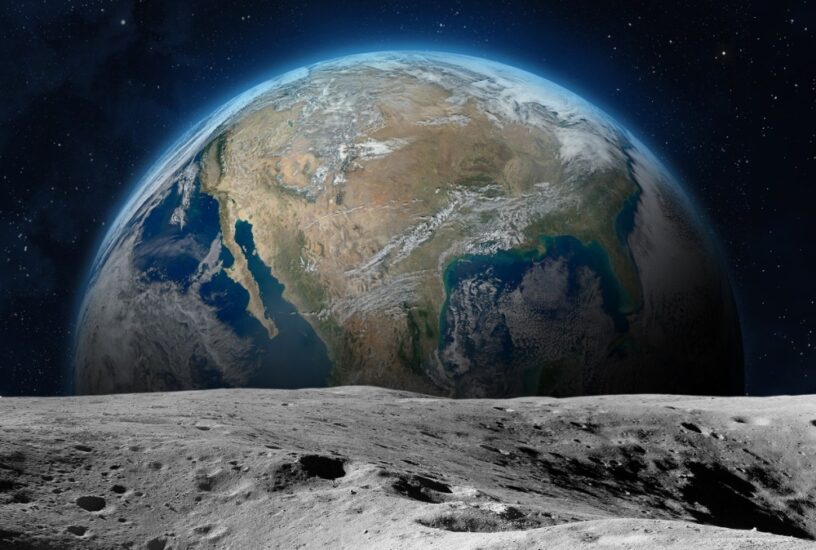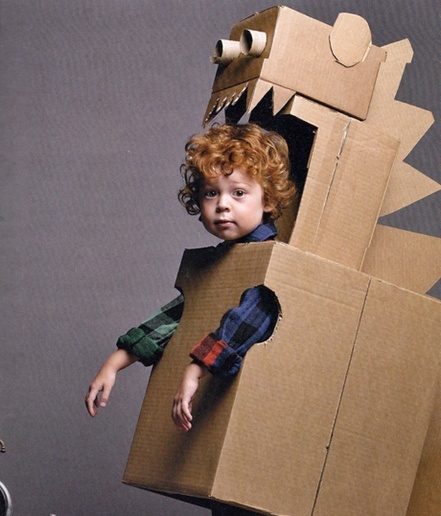Next month is the 52nd anniversary of the famous Apollo moon landing that occurred on July 20, 1969. To inspire students to dive into history, here are some fascinating facts about the moon landing!
1. Three astronauts went on the mission, but only two walked on the moon. Astronauts Neil Armstrong and Buzz Aldrin touched down using the famous lunar lander module. Michael Collins, the third astronaut, had to stay behind on the command module Columbia. Collins flew Columbia completely alone in space (which is absolutely incredible, and also quite scary) while Armstrong and Aldrin walked on the moon’s surface. In fact, Columbia is the only spacecraft in the Apollo 11 mission that returned to Earth!
2. Neil Armstrong’s famous statement is misquoted. As the first human being to set foot on the moon, Neil Armstrong likely had some words prepared as millions worldwide watched the broadcast. His quote is often cited as “One small step for man, one giant leap for mankind.” However, Neil’s transmission broke up a little while he was talking, causing static over his voice and obscuring his words. The real quote is “One small step for [a] man, one giant leap for mankind.”
3. It took over 4 days to get to the moon. The astronauts blasted off from Kennedy Space Center in the iconic Saturn V rocket (fun fact – LEGO makes an incredible model that is great for STEM projects). However, the moon is a lot further than most people realize – it took the astronauts 4 days and nearly 7 hours before finally landing on the surface.
4. Computers played an important role. Many people assume that computers are a modern invention and wouldn’t have been available in the 1960s, but in fact computer systems were an integral part of the Apollo missions. One computer scientist and software engineer that we’ve mentioned on our blog before is Margaret Hamilton, who helped to develop the in-flight guidance software used by the astronauts to safely land on the moon. Margaret helped design a system with priority alarm displays to alert the astronauts if something was wrong (or the computer system became overloaded), and this software helped to avoid a bad landing just three minutes before the lunar lander reached the moon’s surface!
5. NASA was concerned about diseases from space. This may sound laughable, but it’s actually true – NASA scientists were concerned that the astronauts may come back from space carrying bacteria or illnesses not present on planet earth. This concern was so real that the astronauts had to quarantine for 21 days after splashdown in the Pacific Ocean. In fact, Neil Armstrong even celebrated his birthday in quarantine! To learn more about this fascinating part of the Apollo 11 mission, check out NASA’s article on the topic.
Is your student looking to explore history more? Click here to contact your local Tutor Doctor for information on history tutoring!


